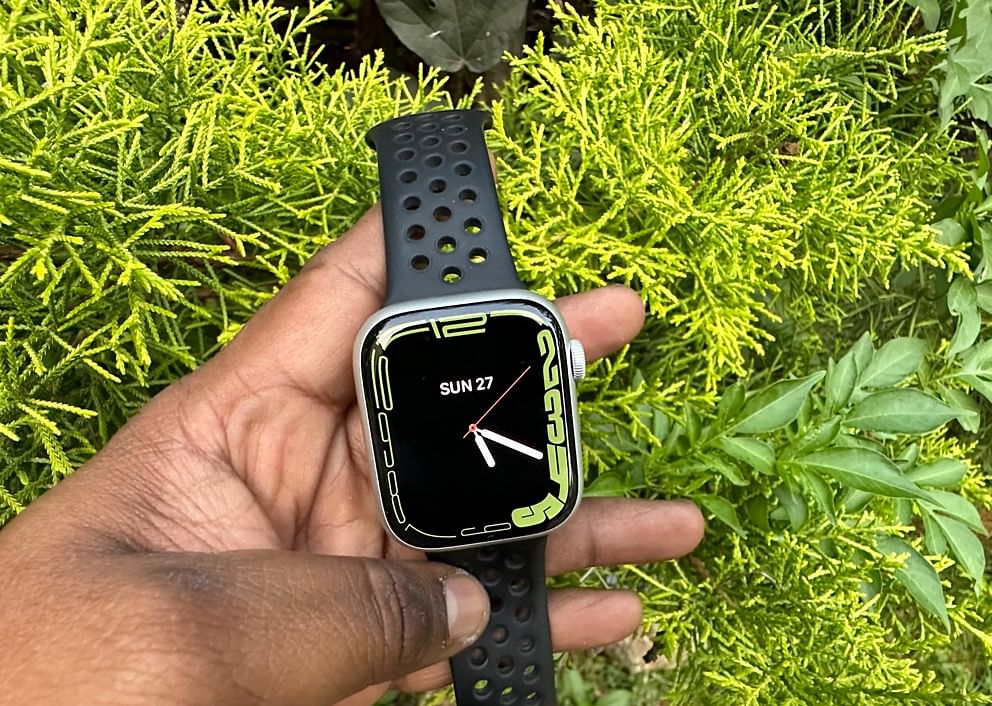
Atrial Fibrillation (AFib) is one of the most deadly heart conditions. It is touted to be a silent killer, as the condition hardly shows any clear symptoms at the beginning; but, when they do appear, people will feel palpitations, shortness of breath, and fatigue.
Millions of people around the world suffer from AFib. It is a kind of irregular heartbeat (arrhythmia) issue and if not detected and diagnosed early, it can lead to several heart-related complications such as blood clots, stroke, heart failure, and some instances death too.
Apple Watch Series 4 and newer models come with an ECG (electrocardiogram) app and advanced heart rate sensors that can detect potential signs of Irregular Heart Rhythm and Afib.
Now, with the new update, Apple Watch 4 and newer models will be able to show the Afib history. It is said to be a first-of-its-kind feature that can track the amount of time the person's heart is in AFib and also support the management of important lifestyle factors.
AFib History offers rich insights including a weekly estimate of the amount of time the heart shows signs of AFib, also known as AFib burden. Users can track this long-term and share this information with their family physician for better diagnosis and medical advice.
AFib History helps manage the life factors that can impact the percentage of users' hearts in AFib by logging details such as (1)Exercise Minutes, (2) Sleep, (3) Weight, (4) Alcohol Consumption, and (5) Mindful minutes.
To get Afib history, users have to wear Apple Watch for a minimum of 12 hours a day and five days a week. And, some activities such as workout, sleep, or meditate, their Exercise Minutes, Sleep and Mindful Minutes are automatically logged in the Health app. Others such as alcohol consumption and weight have to be manually fed
Here's how to set up AFib History
Prerequisite: Ensure the iPhone and Apple Watch are updated to the latest version of iOS and watchOS, respectively. Update your iPhone to the latest version of iOS and Apple Watch to the latest version of watchOS.
Step 1: On iPhone, open the Health app.
Step 2: Tap Browse, then tap Heart.
Step 3: Tap AFib History.
Step 4: Tap Set Up, then tap Get Started.
Step 5: Enter Date of Birth.
Step 6: Select Yes to indicate that you have been diagnosed with AFib by a doctor, then tap Continue.
Step 7: Tap Continue to learn more about AFib History, the results, and life factors. And, tap Done.
Once the AFib History is set up, the Apple Watch will track life activities( exercises, sleep, meditation) and the user has to upload weight and alcohol consumption) and after taking in all data, it will begin to deliver weekly reports on Mondays.
Here's how to check AFib History:
Step 1: On iPhone, open the Health app.
Step 2: Tap Browse, then tap Heart.
Step 3: Tap AFib History. If users have AFib History saved to Favorites, they can also access it from the Summary tab.
Get the latest news on new launches, gadget reviews, apps, cybersecurity, and more on personal technology only on DH Tech